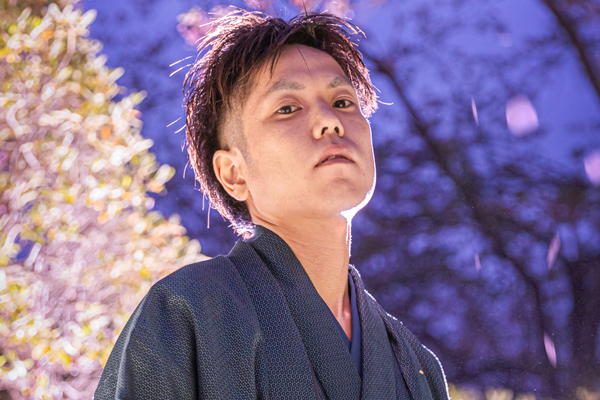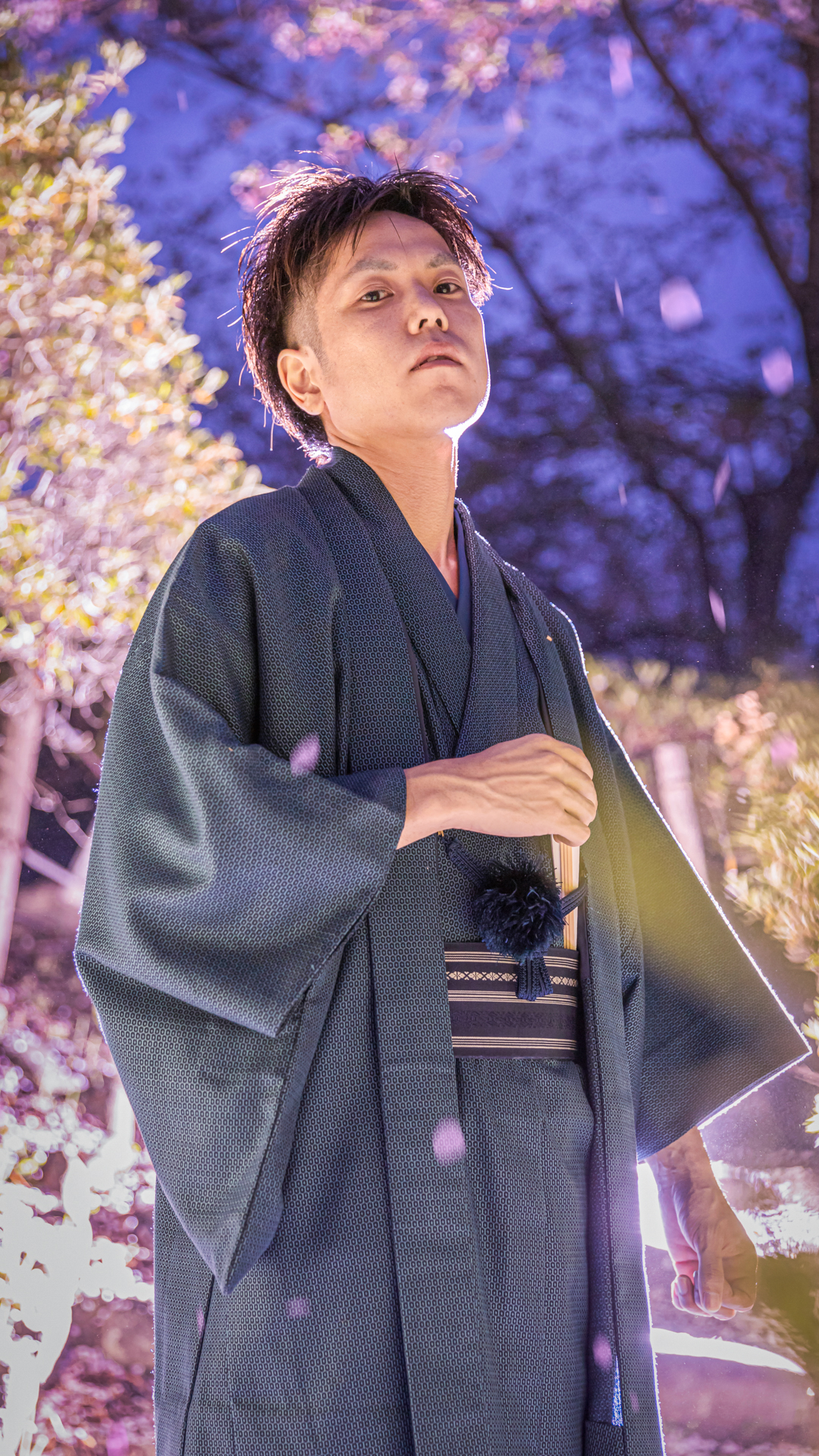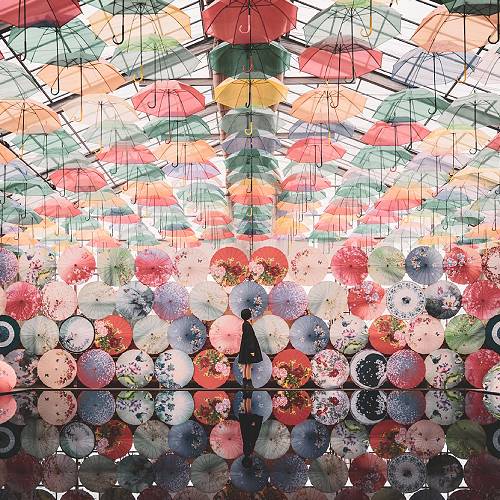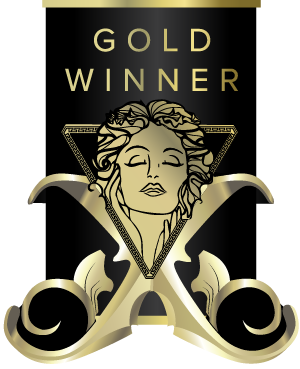
Interview
Aliace/uesan
Japan
Aliace/Uesan is a Japan-based photographer fascinated by the blend of technical skill and expressive storytelling. Starting with star observations, the focus quickly shifted to crafting original visions through hands-on experimentation. In months, work evolved from simple documentation to layered, conceptual images that challenge expectations.
1 Congratulations on winning in the MUSE Photography Awards! Can you share a little about yourself, what inspired you to pursue photography, and how has your journey evolved since your first shot?
Thank you. I’m a Japan-based photographer drawn to the technical and expressive possibilities of visual storytelling. I began by observing stars through a telescope but soon felt the urge to create my own representations of beauty. From the very beginning, I was driven to understand photography through direct experimentation—not imitation. Within just a few months, I moved from basic documentation to creating conceptual works that combine lighting, filters, and layered meaning. Every photo has been a deliberate attempt to test what’s possible—and to share something no one expected.
2 Can you share the story or inspiration behind your award-winning piece? How does winning this award make you feel about your journey in photography?
Rain on Me was my first conceptual shoot, created in my second month as a photographer. I combined three strobes, color gels, cross and soft filters, and multiple layered exposures to express the surreal experience of dancing in the rain. Diffusion, on the other hand, was the first image I took with my second camera—turning hundreds of umbrellas into a sea of minimalist harmony. Winning with both works validates the belief that expression doesn’t require time—it requires intention. Even early experiments, when crafted with clarity and risk, can resonate deeply.
3 How do you decide which photo to submit for a competition?
I consider whether the work balances originality and execution. A piece must not only express a unique viewpoint but also meet a minimum technical standard to engage juries and audiences. If both the approach and the intention align with the spirit of a contest, I’ll enter it.
4 What first made you pick up a camera?
I wanted to photograph the stars. I bought a camera for that purpose, and on the very first night, I attempted a star trail image from my home. Despite the city’s light pollution, I was amazed by what the long exposure revealed—and I still remember the thrill.
5 What’s your favorite type of photography, and why do you love it?
I’m most drawn to expressive photography that blends fine art and technical experimentation—especially when multiple visual tools are used to build a conceptual experience. Whether it’s motion, portrait, or architectural work, I’m driven by how far I can push the viewer’s expectations.
6 What’s your go-to camera setup, and why does it work best for your projects? What’s your favorite feature?
My core lenses are a 135mm prime and a VILTROX AF 27mm, but I don’t rely on a fixed setup. I rebuild my gear configuration completely depending on how I want to express the concept. For Rain on Me, I used a FUJIFILM X-T3 paired with the SAMYANG 12mm f/2.0 to exaggerate perspective and pull the viewer into the scene. For Diffusion, I used a Nikon Z6II with the NIKKOR Z 24-200mm f/4-6.3 VR to fine-tune compression and symmetry across hundreds of elements. My favorite “feature” is the freedom to change everything—from focal length to lighting—to match the mood I want to create.
7 If someone looked at your work, what’s the one thing you’d want them to feel?
I want the viewer to feel a brief moment of disbelief—a pause where reality and imagination blur. If someone thinks, “I’ve never seen this, but I feel like I’ve dreamed it,” then I’ve succeeded. That threshold between perception and emotion is where my work lives.
8 What was the most challenging part of capturing your winning shot?
For Rain on me, it was the orchestration—synchronizing strobes, managing rain conditions, and composing motion in a single frame. Each layer had to be controlled, yet appear spontaneous. With Diffusion, it was visual discipline—arranging so many elements while preserving simplicity and symmetry. Both required opposing skills: chaos and control.
9 Is there a specific place or subject that inspires you the most?
I’m inspired by familiar scenes—not to imitate, but to reinterpret. When I see a well-known view, I mentally reconstruct it in three dimensions, searching for an angle or frame that hasn’t yet been seen. My goal is to extract a sense of unfamiliarity from what’s usually overlooked, turning the expected into something surprising.
10 Who or what has been your biggest influence in photography?
My biggest influence has been the process itself—shooting, failing, adjusting, and seeing the emotional results of technical choices. Rather than follow mentors, I built my understanding by testing every variable firsthand. That experience shaped both my voice and my vision.
11 What message would you share to inspire photographers to participate in photography awards, and what advice would you give to help them excel in the competition?
The contest isn’t just a stage for showing work—it’s a tool for refining it. I believe that self-expression alone is not enough to gain recognition; quality must accompany intention. That’s why I create works that are not only personal but also challenge the norms technically or conceptually. To those entering: polish what only you can see. Refine the expression that only you can create. That’s where the real value lies.
12 What’s one piece of advice for someone just starting in photography?
Don’t rush to imitate. Instead, experiment. When I began, I avoided copying tutorials or mentors. I tried multiple settings on the same subject, checking how light, aperture, and motion changed the result. Through that, I built my technical understanding and developed my own voice. Photography is not about presets—it’s about process.
13 What role do editing and post-processing play in your creative workflow?
Post-processing is not a fix—it’s a finishing tool. I rely on composition and light at the shoot, but I use editing to amplify nuance and mood. Especially for multi-layered works like Rain on me, fine adjustments help balance elements that were captured in-camera through complex setups.
14 How do you see technology, like AI, influencing the future of photography and your own approach?
AI will certainly reshape the landscape, especially in contests where authenticity matters. For me, photography is grounded in the physical experience—the timing, the light, the emotion at the scene. That reality can’t be replaced. I believe we’ve reached a point where clear distinctions must be made between AI-generated and human-crafted work, especially when awards are involved.
15 If you could photograph anything or anyone in the world, what would it be?
I would love to photograph the surface of an exoplanet—something no human has walked, where all light, color, and shape are unfamiliar. To visually document what is beyond experience would be the ultimate photographic act: not just to record, but to reveal.



